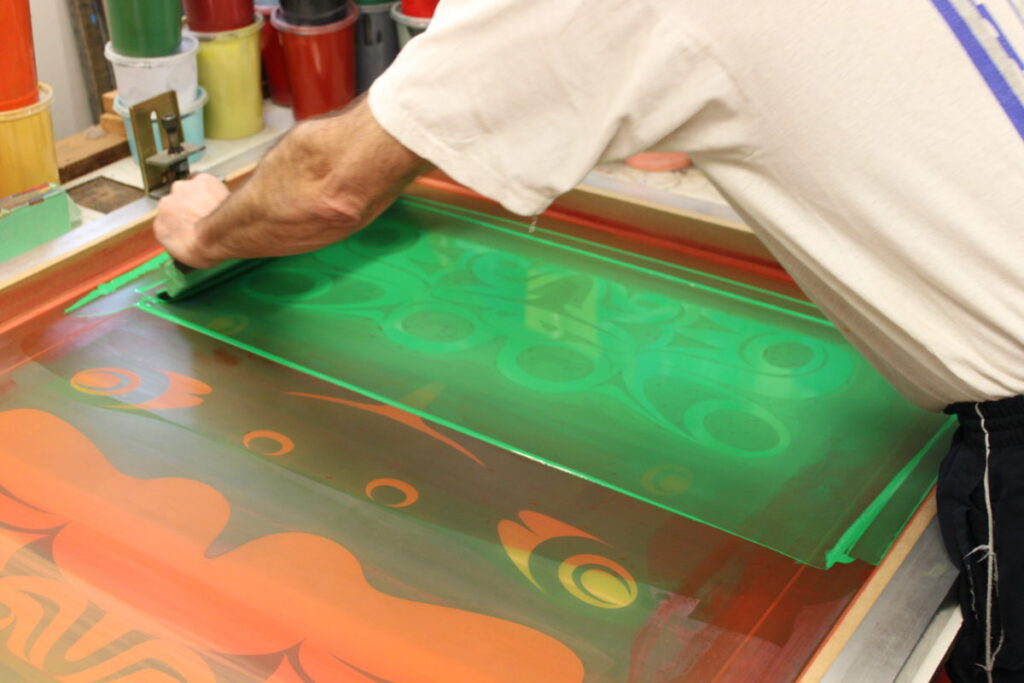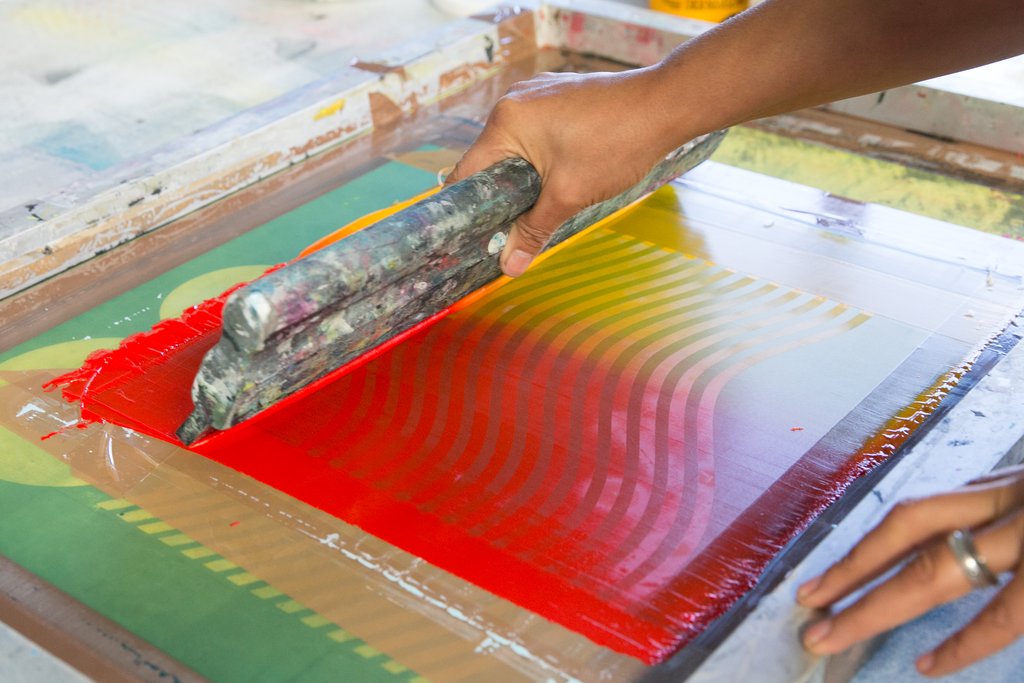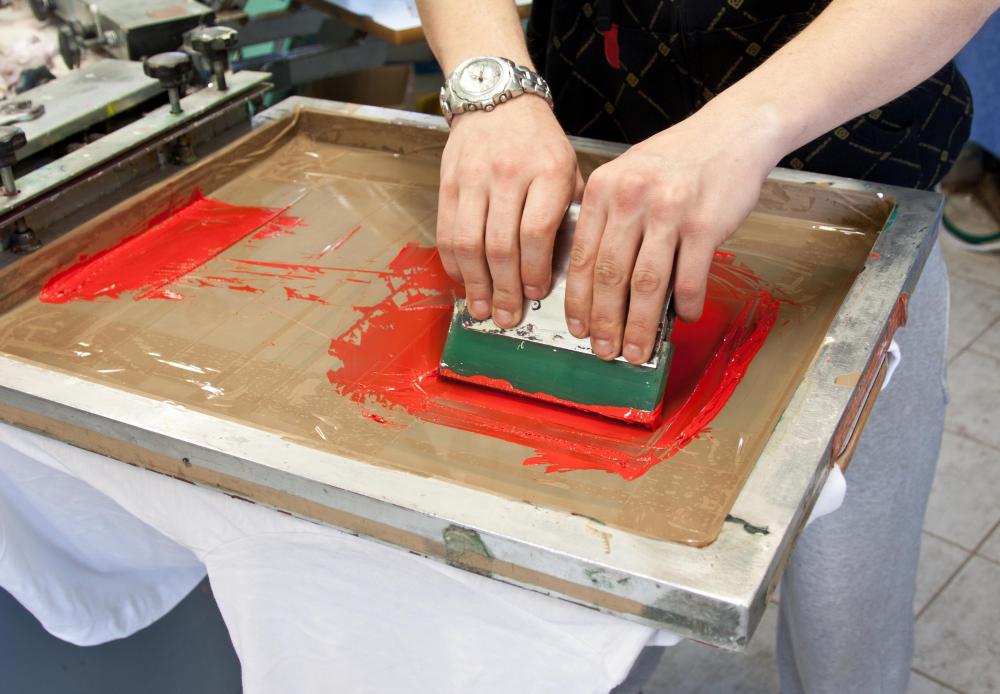
Introduction to Serigraph Painting
Serigraph painting is also known as screen printing or silkscreen printing. It involves pressing ink through a stenciled mesh screen to create a desired image or pattern. Serigraphs are unique in their versatility, allowing artists to create prints with various colors, textures, and finishes.
In this comprehensive guide, we will explore the history of serigraphy. Also, we will deepen the serigraph printing process as well as the qualities distinguishing serigraph paintings from other types of prints. Lastly, their value and collectability in the art market.
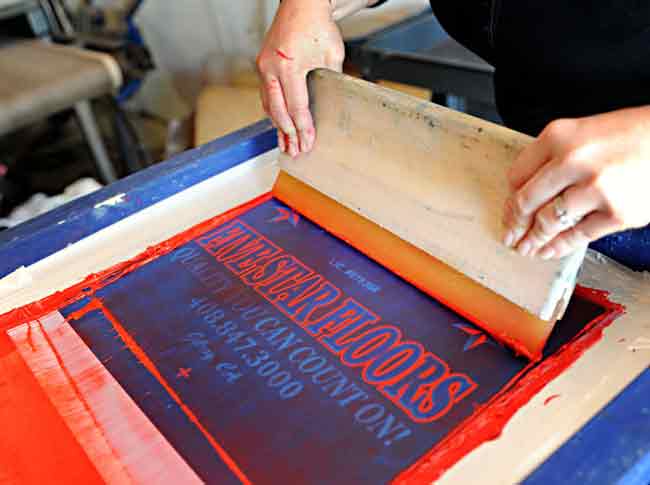
History of Serigraph Painting
The origins of serigraphy go back to ancient China and Japan, where silk screens were used to create intricate fabric designs. However, it was in the early 20th century that serigraphy began to be used as a fine art form. The American artist, Andy Warhol, was among the first to popularize serigraphy in the 1960s, creating iconic images of celebrities and consumer products. Since then, serigraphy has become a popular medium for contemporary artists and a staple in the world of commercial printing.
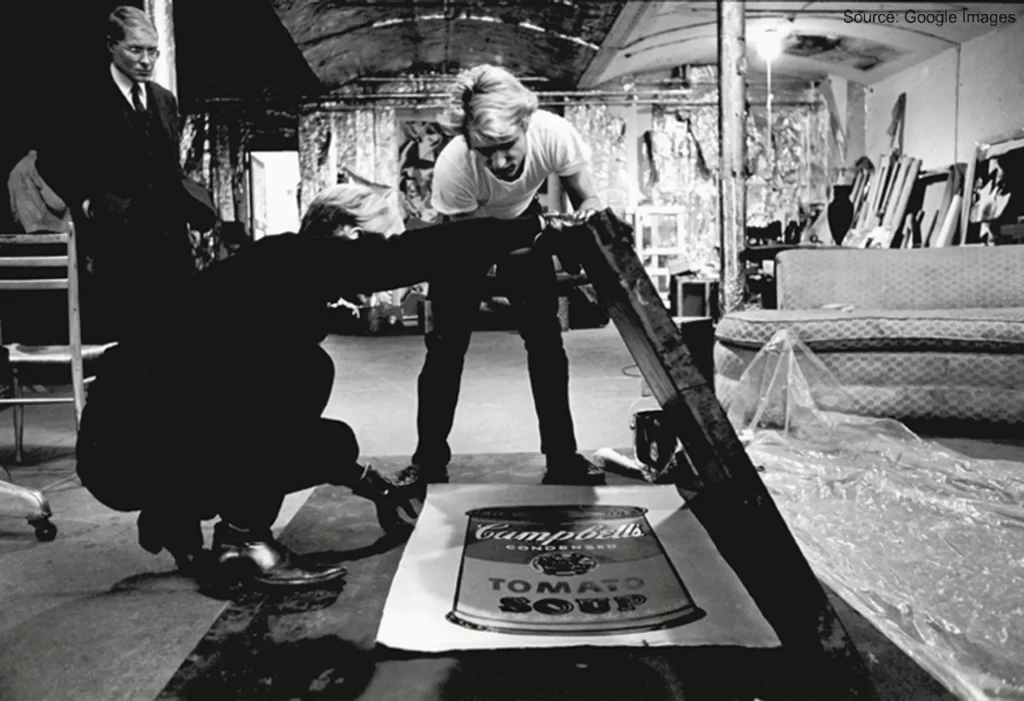
Serigraph Printing Process
The serigraph printing process involves several steps. First, an artist creates a design or image they wish to print. Next, he transfers the design onto a fine mesh screen, stretching it over a frame. The areas of the screen that are not part of the design are blocked off with a stencil. Ink is then applied to the screen and forced through the exposed areas using a squeegee. Each color in the design requires a separate screen, and the process is repeated for each color until the final image is complete.
Qualities of Serigraph Paintings
One of the defining characteristics of serigraph paintings is their rich, vibrant colors. Serigraphs have a unique texture and depth that is difficult to achieve with other printing methods. This is because the ink is applied directly to the print’s surface.
Serigraphs can also be printed on a wide range of materials, including paper, canvas, and fabric, allowing for greater versatility in artistic expression. Finally, because serigraphs are handmade and require multiple screens and passes to create, they are often more limited in edition size than other types of prints, which can increase their value and collectability.
Value and Collectability
The value and collectability of a serigraph painting depend on the artist, the edition size, and the print’s condition. Limited-edition serigraphs signed and numbered by the artist are generally more valuable than open-edition prints. Additionally, serigraphs in excellent condition, will command higher prices in the art market. As with any work of art, a serigraph’s value depends on the buyer’s preferences and the demand for the artist’s work.
Read similar articles on Hue&Eye >>>
